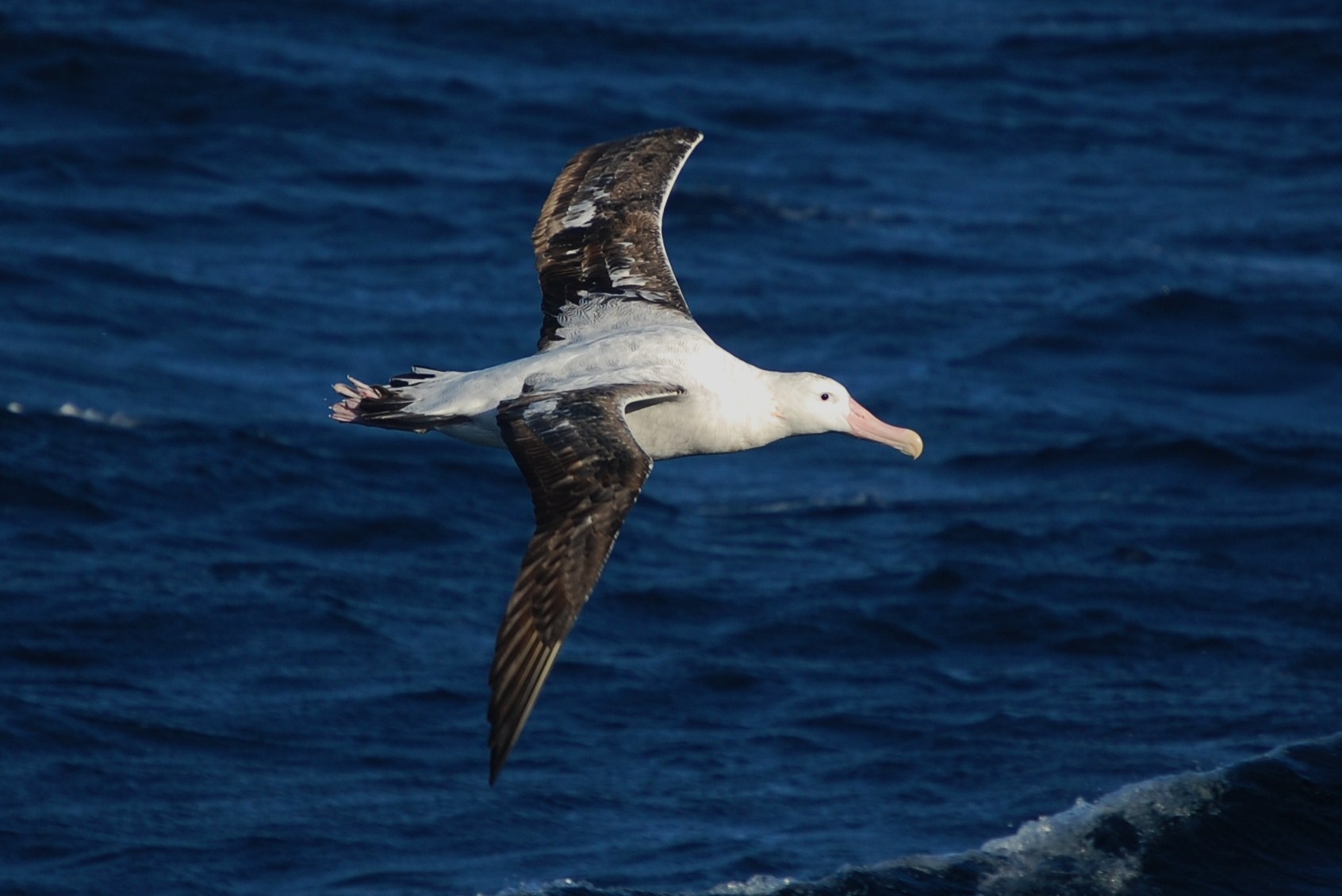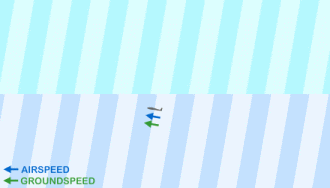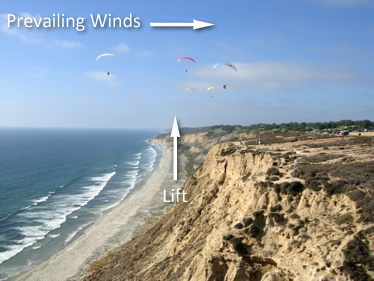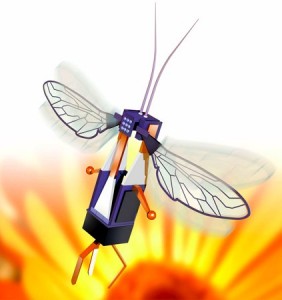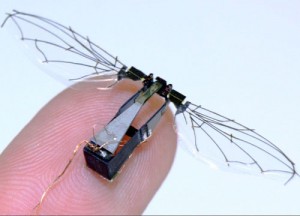Since its discovery in Germany in 1861, Archaeopteryx has been heralded as the “missing link” between birds and dinosaurs: the first bird. This conclusion was drawn because of the fossil’s bird-like features such as its feathers, wishbone, and three-fingered hands. However, recently, as more fossils are found with these same bird-like structures, Archaeopteryx’s position of “first bird” has been called in to question.
Professor Xu Xing, from the Institute of Vertebrate Paleontology and Paleoanthropology of the Chinese Academy of Sciences in Beijing, who once researched Archaeopteryx in detail, now believes that his team’s newest discovery does indeed knock Archaeopteryx from its perch of “first bird.” His team has been studying a species very similar to Archaeopteryx named Xiaotingia.
Xiaotingia dates to 155 million years ago, the Jurassic period. By studying the two fossils, Xu has come to the conclusion that they are indeen feathered dinosaurs, not early birds. “There are many, many features that suggest that Xiaotingia and Archaeopteryx are a type of dinosaur called Deinonychosaurs rather than birds. For example, both have a large hole in front of the eye; this big hole is only seen in these species and is not present in any other birds,” said Xu. He also cited the fact that both Xiaotingia and Archaeopteryx both show “initial development” of a “highly extensible pedo-digit,” a characteristic of the Deinonychosaurs.
Professor Witmer from Ohio University, commented on Archaeopteryx’s downgrading, saying, “It changes a lot in terms of how we view early birds, and how early birds evolved. Every theory about the beginnings of birds – how they evolved flight, what their diet was like – were viewed through the lens of Archaeopteryx. So, if we don’t view birds through this we might have a different set of hypotheses.”
It’s a very hazy line between where dinosaurs end and where birds begin. Additionally, paleontology is more qualitative then quantitative so at the moment there seems no way to be sure of anything other than the fact that these two creatures walked the Earth at one point. Yet in this uncertainty is excitement. Anything could be discovered and rewrite the history of early birds, just like the discovery of Xiaotinga has. “Perhaps the time has come to finally accept that Archaeopteryx was just another small, feathered, bird-like theropod,” Professor Witmer said. But he added, “the reality is, that next fossil find could kick Archaeopteryx right back into birds. That’s the thing that’s really exciting about all of this.”
Sources:
http://www.independent.co.uk/news/world/asia/chinese-fossil-knocks-oldest-bird-off-perch-2327221.html
http://www.bbc.co.uk/news/science-environment-14307985
